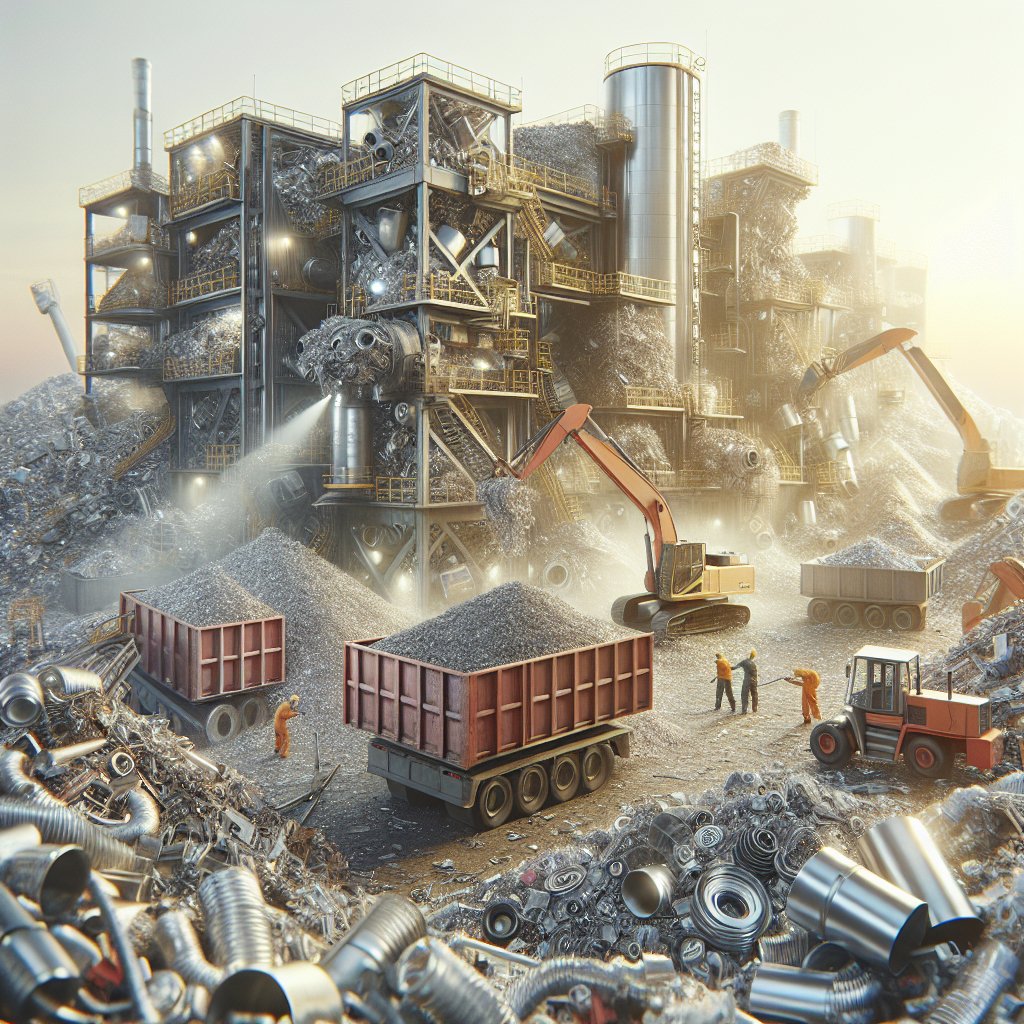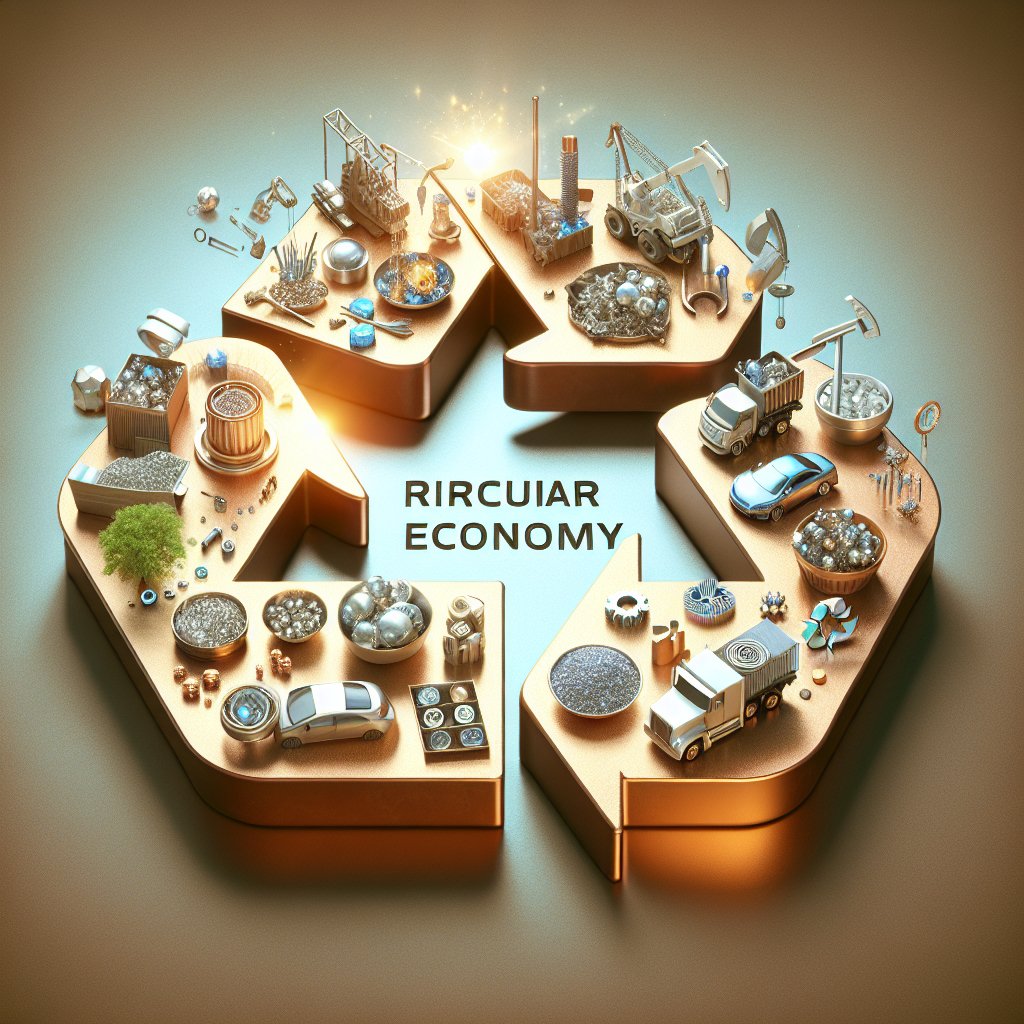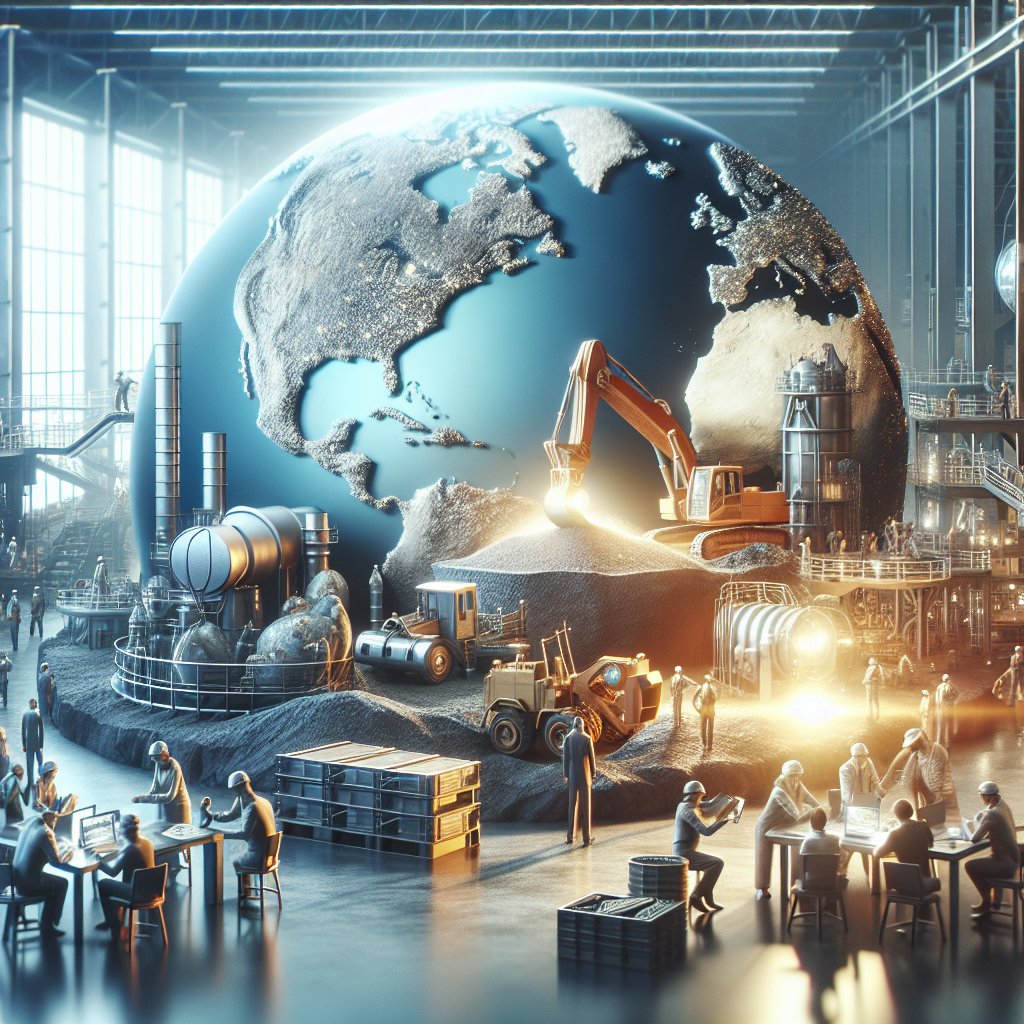Rare metals, often referred to as critical materials, play a pivotal role in modern technology and industry. These elements, though not always rare in terms of abundance, are crucial due to their unique properties and the challenges associated with their extraction and processing. As the demand for advanced technologies continues to grow, understanding the significance of rare metals becomes increasingly important.
The Importance of Rare Metals in Modern Technology
Rare metals are indispensable in the development and functioning of a wide array of modern technologies. From smartphones and electric vehicles to renewable energy systems and advanced medical devices, these materials are integral to the performance and efficiency of contemporary innovations. For instance, elements such as lithium, cobalt, and nickel are essential components in the production of high-capacity batteries, which power everything from portable electronics to electric cars.
Moreover, rare metals like neodymium and dysprosium are critical in the manufacturing of powerful magnets used in wind turbines and electric motors. These magnets are vital for the efficiency and miniaturization of these technologies, enabling the transition towards more sustainable energy solutions. The unique properties of rare metals, such as high conductivity, magnetic strength, and resistance to corrosion, make them irreplaceable in many high-tech applications.
As technology continues to evolve, the demand for rare metals is expected to increase significantly. This growing demand highlights the need for sustainable sourcing and efficient recycling processes to ensure a stable supply of these critical materials. The strategic importance of rare metals has also led to geopolitical considerations, as countries strive to secure access to these valuable resources.
Challenges in the Extraction and Supply of Rare Metals
The extraction and supply of rare metals present several challenges that impact their availability and cost. One of the primary issues is the geographical concentration of these resources. Many rare metals are found in limited regions, often in politically unstable or environmentally sensitive areas. This concentration can lead to supply chain vulnerabilities and geopolitical tensions, as countries compete for access to these essential materials.
Additionally, the extraction and processing of rare metals can have significant environmental and social impacts. Mining operations often require large amounts of energy and water, and can result in habitat destruction, pollution, and health risks for local communities. The refining processes for these metals can also produce hazardous waste, further complicating efforts to minimize their environmental footprint.
To address these challenges, there is a growing emphasis on developing more sustainable mining practices and improving the efficiency of recycling processes. Innovations in material science and engineering are also being explored to reduce the reliance on rare metals by finding alternative materials or improving the efficiency of existing technologies. These efforts are crucial for ensuring a stable and sustainable supply of rare metals in the future.
The Future of Rare Metals: Opportunities and Innovations
As the world continues to advance technologically, the role of rare metals will become even more pronounced. The transition to a low-carbon economy, driven by the adoption of renewable energy and electric vehicles, will further increase the demand for these critical materials. This presents both challenges and opportunities for innovation in the field of rare metals.
One area of opportunity lies in the development of new extraction and processing technologies that are more efficient and environmentally friendly. Advances in biotechnology, for example, are being explored to improve the recovery of rare metals from ores and waste materials. These innovations could help reduce the environmental impact of mining and increase the overall supply of these materials.
Another promising avenue is the enhancement of recycling technologies. By improving the recovery rates of rare metals from end-of-life products, the reliance on primary mining can be reduced, leading to a more circular economy. This not only helps conserve natural resources but also mitigates the environmental and social impacts associated with traditional mining practices.
Furthermore, research into alternative materials and technologies that can replace or reduce the use of rare metals is gaining momentum. For instance, scientists are exploring the potential of organic and nanomaterials to replicate the properties of rare metals in certain applications. These innovations could lead to more sustainable and cost-effective solutions in the long term.
In conclusion, rare metals are critical to the advancement of modern technology and the transition to a sustainable future. While challenges in their extraction and supply persist, ongoing research and innovation offer promising solutions to ensure their availability and minimize their environmental impact. As the demand for these materials continues to grow, it is essential to prioritize sustainable practices and invest in the development of new technologies to secure a stable and responsible supply of rare metals for future generations.












